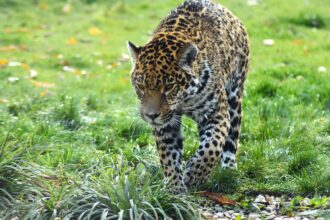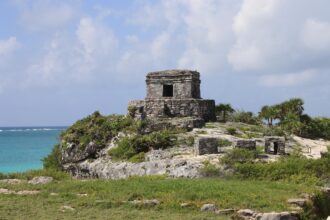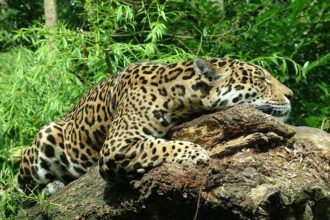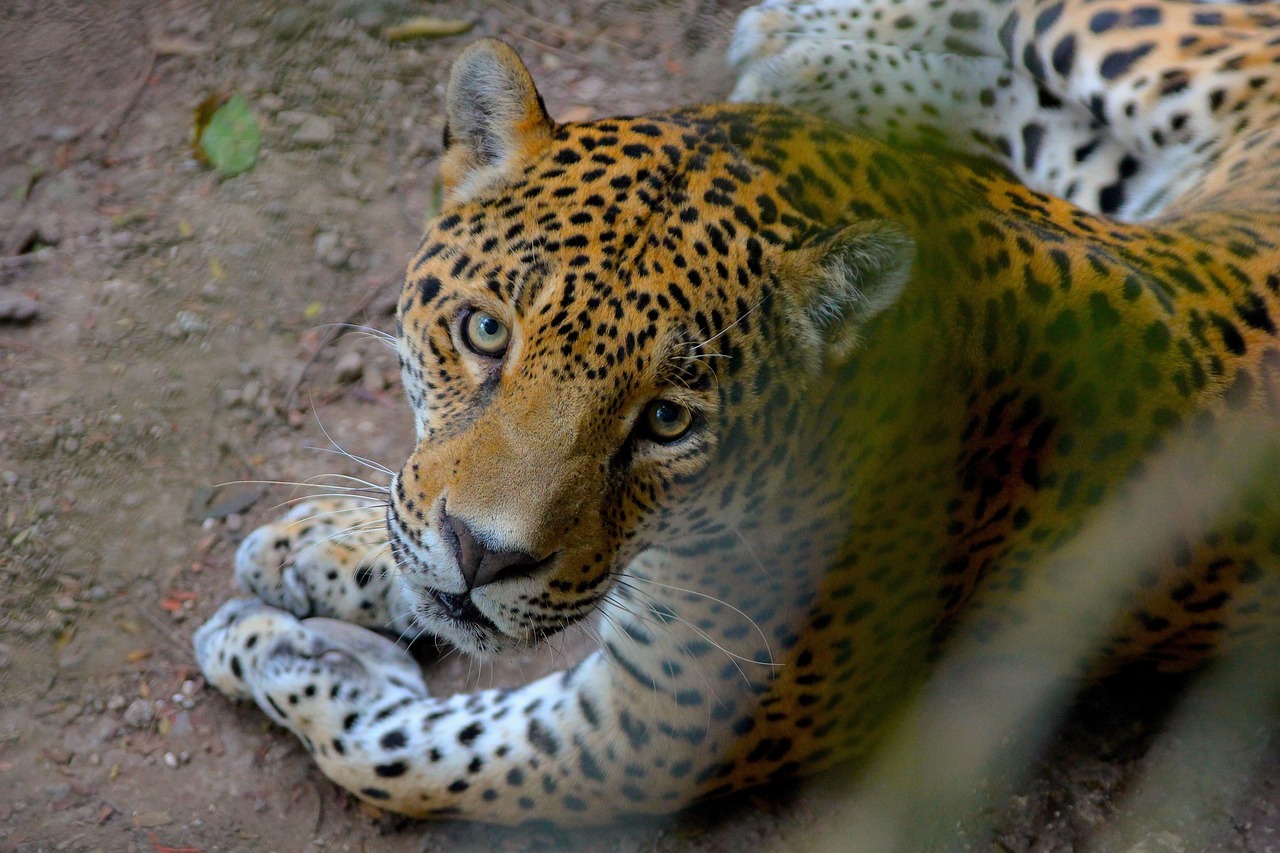The Importance of Habitat Familiarization for Rehabilitated Jaguars
Habitat familiarization plays a crucial role in the successful rehabilitation of jaguars, a species (Panthera onca) that faces numerous challenges in the wild due to habitat loss, poaching, and conflict with humans. Understanding the importance of habitat familiarization not only enhances the chances of these magnificent cats surviving in the wild, but it also aids in the conservation efforts aimed at sustaining their populations and ecosystems.
Understanding Habitat Naturalism
Habitat familiarization is the process through which rehabilitated animals learn about their new environment, acquiring skills necessary for survival. For jaguars, this includes recognizing food sources, understanding territorial boundaries, and identifying potential threats. Jaguars are solitary hunters that primarily inhabit tropical rainforests, savannas, and wetlands, which means their ability to adapt to varied ecosystems is essential.
Strengthening Survival Skills
One of the most important skills that rehabilitated jaguars must acquire is hunting. In captivity, jaguars may not have had to hunt for their food, leading to a reliance on humans for sustenance. Habitat familiarization provides these big cats the opportunity to observe prey behavior, track movements, and practice stalking—critical components of hunting success. Introducing them to natural terrains where they can experience navigating, climbing, and swimming enhances their predatory instincts.
The Concept of Territorial Boundaries
Jaguars are territorial creatures, usually establishing distinct ranges based on availability of prey and mate access. Habitat familiarization helps them to recognize and establish their own territories post-rehabilitation. It is crucial that these animals understand the social structure of their environment, which includes recognizing other jaguars and understanding conflict resolution methods that prevent unnecessary confrontations. Familiarity with their habitat allows them to establish confidence and assert their dominance without unnecessary aggression.
Assessing Environmental Changes
An essential aspect of habitat familiarization is acclimatization to environmental changes. Today’s ecosystems are rapidly evolving due to climate change and human interference. Jaguars need to be educated on how to adapt their behaviors accordingly, including shifts in prey location and adjusted hunting times during hotter periods of the day. Engaging with various microhabitats also equips them with skills to explore different terrains where they may find new food sources.
Psychological Well-Being
The psychological aspect of rehabilitation is just as important as the physical one. Maintaining mental health in jaguars is a concern, especially in captivity. Habitat familiarization allows these converted wild inhabitants to experience enrichment that maintains their natural instincts. By engaging with a variety of natural stimuli, such as vegetation, sounds, and smells, rehabilitated jaguars can reduce stress, enhance their cognitive functions, and reinstate their wild state of mind.
Community Engagement and Behavior
Creating a conducive environment for habitat familiarization also includes how rehabilitated jaguars interact with other animals, including humans. It’s essential that these cats learn to differentiate between threats and neutral or beneficial interactions. Adaptation to sounds from nearby communities or other wildlife can support their coping mechanisms. For instance, rehabilitated jaguars may learn to avoid human habitation areas where they could face danger, thereby minimizing human-wildlife conflict.
Importance of Pre-release Training
Pre-release training serves an essential function in habitat familiarization, ensuring that rehabilitated jaguars can perform necessary behaviors before they are fully integrated into the wild. This training often involves simulated hunting exercises, climbing challenges, and socialization practices with other jaguars—all crafted to mimic natural behaviors they would perform in their wild environments. Such preparations increase their chances of survival and successful integration.
Tracking and Monitoring
Post-release tracking is a valuable tool in assessing the effectiveness of habitat familiarization programs. By utilizing GPS collars or other monitoring technologies, conservationists can study the movements and behaviors of rehabilitated jaguars. Data collected provides insights into how well they are adapting to their environment. This monitoring can highlight areas where habitat familiarization needs improvement or reinforce successful practices, ultimately informing future rehabilitation strategies.
Increased Conservation Awareness
Promoting habitat familiarization also raises public awareness about the needs of rehabilitated jaguars. Educational programs aimed at local communities can promote conservation goals and encourage sustainable practices that benefit both jaguars and human populations. Engaging communities in habitat stewardship can create a more favorable environment for jaguars, fostering coexistence rather than conflict.
Long-Term Ecological Impact
When rehabilitated jaguars successfully adapt to their habitats, they play a pivotal role in ecological balance. Jaguars are apex predators; their presence influences prey populations, plant communities, and overall ecosystem health. Successful habitat familiarization helps reintegrate these cats back into their rightful roles in the food chain, which can have far-reaching implications for biodiversity conservation and the maintenance of healthy ecosystems.
Collaboration with Conservation Organizations
Working closely with conservation organizations, rehabilitation centers can employ best practices that prioritize habitat familiarization. Collaborative programs focused on research, training, and community involvement can lead to more effective rehabilitation and release strategies, ultimately ensuring higher success rates in reintroducing jaguars to their native habitats.
The Role of Funding and Resources
Adequate funding and resources are crucial for the development of comprehensive habitat familiarization programs. Financial support enables rehabilitation centers to invest in training staff, acquiring necessary equipment, and providing enriched environments for jaguars. These investments ultimately result in better-prepared jaguars ready for life in the wild.
In summary, habitat familiarization is an essential component in the rehabilitation of jaguars. By focusing on natural instincts, territorial understanding, psychological well-being, and community engagement, conservationists can ensure that these animals thrive upon release, contributing positively to both their species and the ecosystems they inhabit. These multi-faceted approaches facilitate the survival of jaguars, thereby playing a vital role in broader conservation efforts and preserving biodiversity for future generations.







